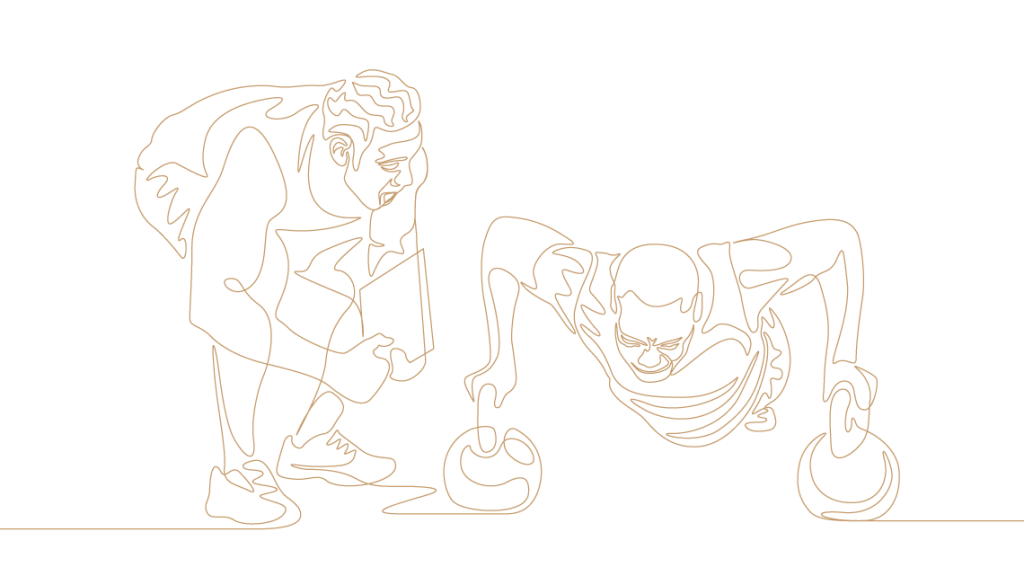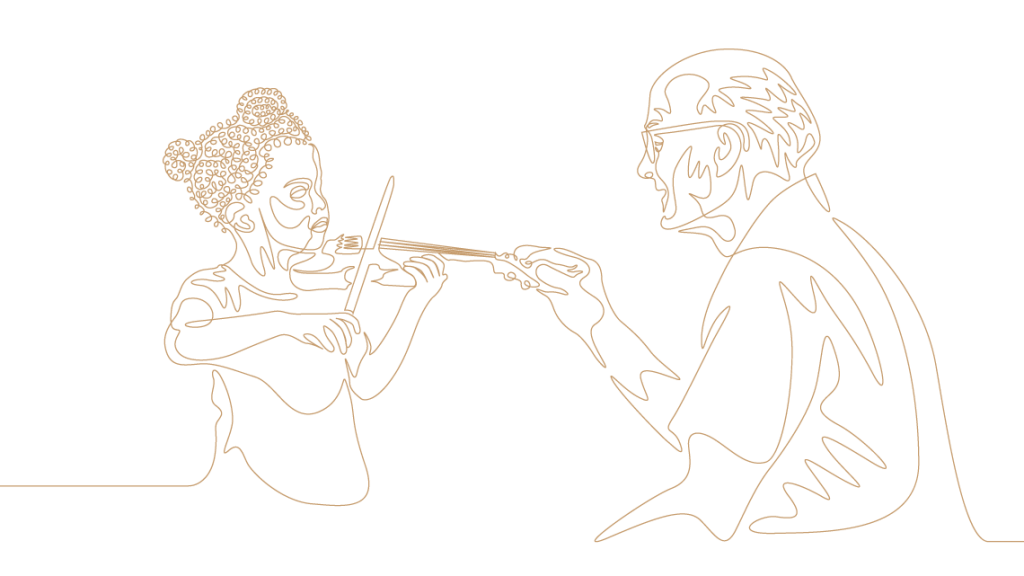Sample from chapter 2
By patterns not definitions
A new paradigm for approaching faith

Tech trumps science
From “Faith Tech” by David M. Taylor.
Most people prefer technology over science. Technology is the application of science to solving everyday problems. Whether it’s bringing solar-powered water pumps to remote villages or helping you book a table or tickets in the city, technology is cool. Science, on the other hand, is less approachable. Instead of convenient or helpful products and services, you are faced with complex theories, equations, references to publications in peer journals and stacks of intimidating statistics. But no one rejects technology just because they don’t understand the underlying science. Neither do we reject it because we can’t define it. I doubt that many engineers can quote the dictionary definition of tech. But they can introduce you to their products and benefits.
We don’t begin life with classes on biochemistry: we drink milk. We don’t start learning about gravity from Newton’s laws: we fall over. We play catch before we study the equations of motion. In other words, we learn via sensations and experiences. Children who are denied the opportunity to develop in this way won’t pay attention in the classroom.
So it is with faith: We learn about faith, not by laws, rules or definitions, but through faith-defining experiences. We need some exposure to something that irritates or intrigues us. We need a paradox to ponder, or some data to work with. That is why I will give a fair amount of space in this book to my personal experiences. Not that I am an expert: there are many with much greater faith and more impressive testimonies than I have. But when we start talking about things like miracles, I can only vouch for the truth of what I have witnessed. My hope is that you will begin to understand the power of faith and develop a hunger for more… because faith has shaped your past and faith is shaping your future.
But what is faith, you say? I will leave it to the adherents of other religious traditions to answer from their texts. What I know is that there are thirty-one thousand one hundred and two verses in the Bible, and only one offers a dictionary-style definition.1 Interestingly, when you compare the different Bible English translations of that verse, they differ more widely than normal. Definitions don’t translate as well as stories or examples.
Have you ever heard a music fan trying to define a genre, such as ‘progressive’ or ‘old school’? Instead of giving rules for what rhythms and sounds are allowed, they tend to refer to songs or artists and say this one is ‘progressive’, that one is ‘new school’ and the other is neither – it is ‘alternative’. It’s like that with faith. It is hard to define but much easier to describe with examples. The famous faith expert Jesus Christ took this approach. He did not try to define faith at all, but he certainly commented on how much faith people had. Generally the Bible comes alive when you read it as an introduction to faith, not via rules and formulas but through the lives of people of faith. Some were ‘old school’, some ‘progressive’ and some were ‘alternative’, but as you look at their lives, you realise that faith is learnt by pattern recognition rather than definition.
1 Hebrews 11:1. The verse will be discussed later.
Please share this post to your social media
See more samples from the book
1: Faith shapes your world
Your story began before you were born. The history of your people shaped your social inheritance. Your ancestors’ migrations and marriages contributed to your genetic inheritance. Laws and wars, stories and songs all contributed to the culture and country into which you were born.
3: Familiar faith and hope
When we talk about faith, people are rarely neutral. For some, faith is the enemy of science that must be eradicated to achieve global peace and prosperity.
11: Multiplying and mobilising
When we talk about faith, people are rarely neutral. For some, faith is the enemy of science that must be eradicated to achieve global peace and prosperity.



